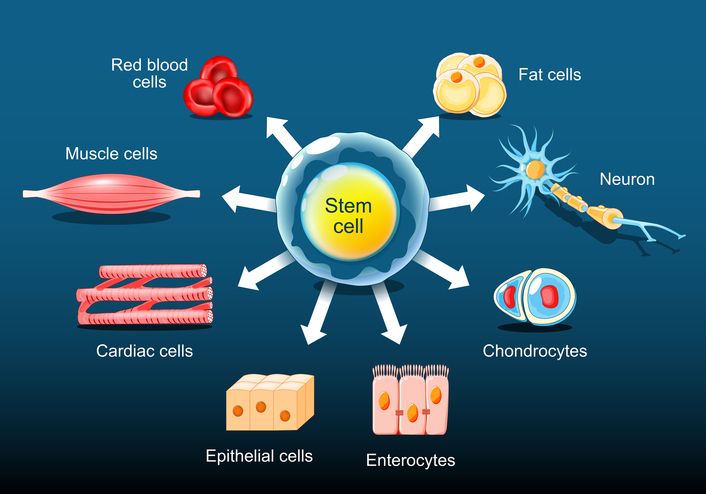
Book Now to Experience
B6 Bust Lift Treatment
1 Minute Self-Registration
Date should not be before minimal date
Author: Leila Tan|Updated: 23 July 2024
Finding the cause and symptoms of breast implant illness and how you can find help to overcome this!

1
What is breast implant
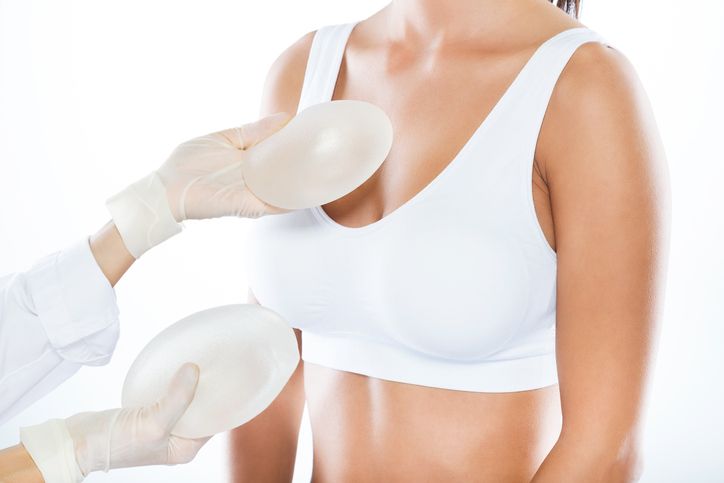
Breast implants use artificial devices to surgically insert into your breasts. There can be many reasons one wants to have breast implants. It can be someone who chooses to have breast implants after the loss of a breast to cancer and this is called breast reconstruction. This is when a patient who has breast cancer gets breast implants.
Why do people get breast implants?
There are many reasons for wanting to get breast implants, such as:
- Restoring a previous breast size: For some the breasts size can decrease after pregnancy, weight loss or aging. - Correcting asymmetrical (different size or shape) breasts: Breast asymmetry is a common condition among people but for some this can be prominent due to damage of the tissue in one of the breasts before puberty. - Restoring breasts after a mastectomy (breast removal): This is for women who have removed their breast due to certain serious health conditions such as breast cancer. - Boosting confidence: Breast implants can help to improve your self-esteem and body image.

2
What is the difference between breast augmentation and breast implants?
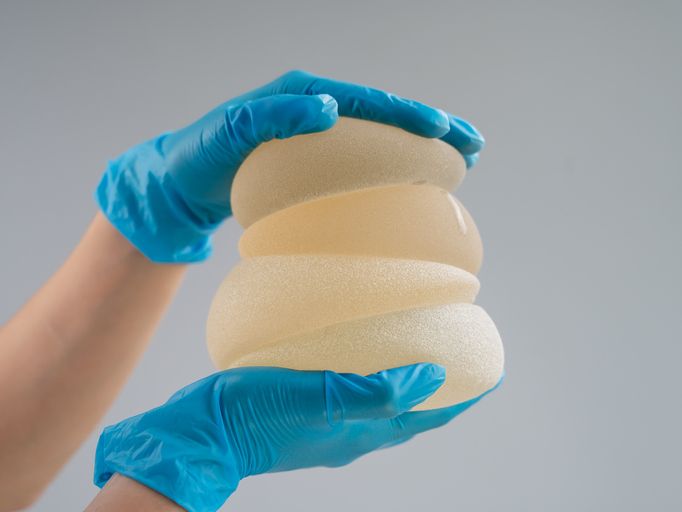
There are some differences between breast augmentation and breast implants. Breast augmentation is a cosmetic surgery that helps to make the size of the breasts larger. While for breast implants, artificial devices also called as prostheses are surgically inserted into the breasts.
So breast augmentation is a procedure that makes the breasts look larger while breast implants are silicone shells that are filled with saline solution or silicone gel which support breast augmentation procedures.
Silicone gel implants
Now let's take a look at what silicone gel implants. These are implants that are less likely to wrinkle than the saline implants. This implant is claimed to reduce the risk of implant rotation or scar tissue which affects the implant's shape.
However, if the soft gel silicone implant ruptures, there is a high risk the silicone may get spread into the breast causing silicone granulomas. If something like this happens, it is suggested to be removed. These polyurethane-coated implants can cause some skin reactions as well. While the new silicone implants are less likely to leak into the breast, if they do it can be difficult to find when it has happened.
It suggested going through a magnetic resonance imaging (MRI) to screen the rupture 3 years after the first surgery and then every 2 years after.
Saline solution implants
This is another type of implant which contains a salt-water saline solution which can be helpful and easy to eject by the body if the implants have ruptured.
When the saline solution leaks out of the shell, it is easier to detect if the device has ruptured. This may cause the breast to look smaller than the other one. Since these are less firm than the silicone type, it is thought to be more prone to wrinkling or folding.
Risks
Undergoing breast augmentation can cause various risks such as:
Scar tissue that distorts shape of the breast implant (capsular contracture)
- Having breast pain - Having bacterial infection - Change in nipple and breast sensation - The position of implant changesL - Leakage or rupture in implant
To amend these risks, it might require more surgery to either remove or replace the implants.

3
How you can prepare
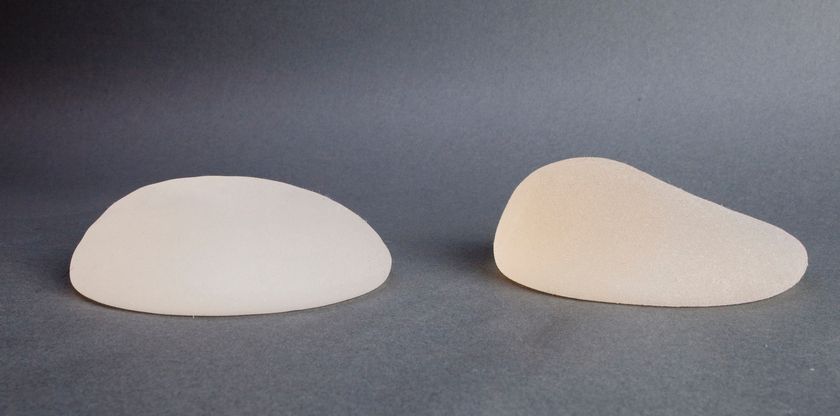
Before going through breast augmentation, you need to prepare certain things beforehand. First, you will need to consult a plastic surgeon about preferences in terms of size, feel and appearance. This will allow the surgeon to describe the types of implants such as smooth or textured, round or shaped like a teardrop, saline or silicone. They also can help you give more information on the options available for surgical techniques.
After the consultation, review all the information such as your name, the manufacturer of the implant that you will be getting and keep all the copies for your record for future use.
It is recommended to go through the following things before your surgery:
- Breast implants do not stop your breasts from sagging: Plastic surgeons may suggest a breast lift in addition to breast augmentation in order to correct sagging breasts. - Breast implants aren't guaranteed as a permanent solution: The lifespan of an implant is about 10 years. During this implant rupture is also a possibility. Additionally, you may see some changes in your breast such as your breasts will continue to age. This happens because certain factors such as weight gain or weight loss might change the way your breasts look. These issues will be going to need more surgery. - Mammograms are known to be complicated: If you have done breast implants, in addition to routine mammograms, you'll need additional, specialized views. - Breast implants may hinder breast-feeding: This is the case for some where few women are able to successfully breast-feed after breast augmentation while others however may find it difficult to breast-feeding after the implant. - Insurance normally does not cover breast implants: Unless it's medically necessary, such as after a mastectomy for breast cancer , breast augmentation normally is not covered by insurance. Be prepared to handle the expenses including related surgeries or future imaging tests afterwards. - You may need some additional surgery after breast implant removal: If you decide to have your implants removed, you might need a breast lift or other corrective surgery to help restore the appearance of your breast. - Screening for silicone implant rupture is recommended: It is suggested to have monitoring with a breast MRI five to six years after the implant to screen for silicone breast implant rupture. After that, a breast MRI is recommended every two to three years. Ultrasound can be an alternative screening method unless you have symptoms. Consider talking to your plastic surgeon about the specific type of imaging needed for routine monitoring of your implants.
Keep in mind that you may need a baseline mammogram before the surgery. Your doctor may also alter certain medications of yours before the surgery as well. It's important to avoid aspirin or other medications which can lead to an increase in bleeding.
If you are a smoker, your doctor might suggest that you stop smoking for the time being, which is about four to six weeks before and after the surgery.
Arrange for someone to drive you home after the surgery and to stay with you for at least the first night.

4
What is breast implant illness
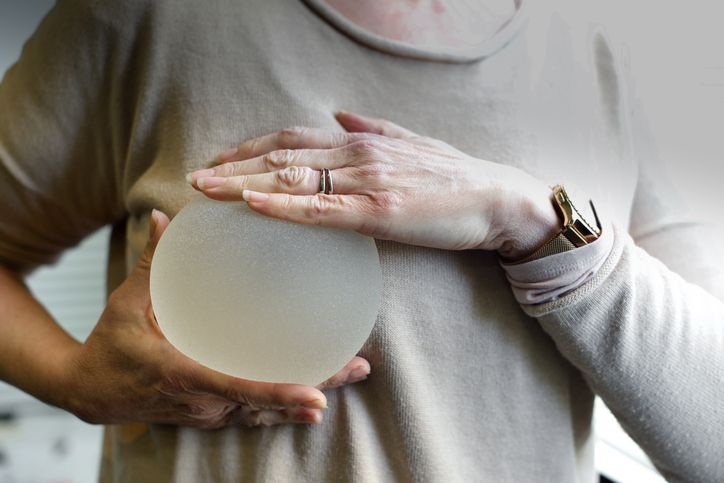
Breast implant illness is a symptom of a condition that happens after getting breast implants. As there is still research going on about breast implant illness, it is still not recognized as an official medical diagnosis. But this may change in the near future.
There are some other terms for breast implant illness such as:
- Breast implant disease. - Autoimmune/inflammatory syndrome induced by adjuvants (ASIA). - Silicone implant illness.
People who have saline-filled or silicone-filled implants, both can experience breast implant illness. The symptoms for breast implant illness can start as soon as someone goes through breast implant surgery or not for many years. There are some reports stating that their Breast implant illness symptoms go away after a surgeon removes their implants while others don’t.
What causes breast implant illness?
Researchers have not found the exact cause of the breast implant illness. But there are some researchers suspect that breast implant illness can be caused some of the reasons such as:
- Autoimmune or inflammatory reaction on the breast implants parts such as silicone. - There may be bacteria growth and infection which is also called as biofilm infection on the implant surface. - Reaction after the breast implants surgery.
What are the symptoms of breast implant illness?
There are some symptoms for breast implant illness which differs from person to person. There are people reported to face more than 50 symptoms which impact their musculoskeletal system which is the ability to think and focus and also the overall body (systemic symptoms).
Some of the musculoskeletal symptoms are:
- Joint pain. - Muscle pain. - Muscle weakness (myopathy).
Some of the cognitive symptoms are:
- Anxiety and depression. - Brain fog. - Fatigue. - Memory loss. - Trouble concentrating.
Some of the systemic symptoms are:
- Autoimmune condition symptoms or diagnosis. - Chronic pain. - Dry eyes or low vision. - Hair loss. - Skin problems such as rashes.
How is breast implant illness diagnosed?
There are no commonly used tests to diagnose breast implant illness. If you are facing any of the symptoms, the doctors may ask about your symptoms and medical history. According to your sign and symptoms the doctors may carry out some tests to diagnose other diseases or conditions, such as arthritis or Lyme disease. Removal of the implants may or may not make the symptom related to breast implant illness go away.

Book Now to Experience
B6 Bust Lift Treatment
1 Minute Self-Registration
Date should not be before minimal date

5
Conclusion

It is totally up to you whether to undergo breast implant surgery. Whatever the case maybe remember to do your own research before deciding for the surgery. There are few risks after the surgery. So think well and decide whether you really need one. If you have decided to go for one, make sure to consult a professional for further enquiries and detailed information regarding the surgery. Ask the doctors if you have any questions and tell the doctors your preferences and find the right breast implant surgery for you.
FAQ
How is breast implant illness treated?
Normally the surgeons will treat breast implant illness by removing the breast implant. During this surgery, the surgeon will: i. Make an incision around your nipple or under the fold of your breasts. ii. Remove the implants. iii. Remove the scar tissue surrounding the implant. iv. Close the incision with skin adhesives or stitches. Normally surgeons suggest removing the scar tissue around your breast implants at the same time. This is called capsulectomy. While the breast implant and capsule are removed as a unit, it’s called an en bloc capsulotomy.
How long will it take to see results after treatment?
For some it shows improvement in symptoms right after the implant removal. While, not everyone will demonstrate the improvement immediately after the surgery. Healing may happen within the first 30 days after surgery. A study from Aesthetic Plastic Surgery showed that the improvement in symptoms within three months of surgery.
Is there any way to reduce my risk of breast implant illness?
Even experts still have not quite figured out the reason behind breast implant illness while the majority of others don’t. Certainly, the first way to eliminate the risk of breast implant illness is by choosing not to get breast implants. If you already have undergone breast implants and have several signs of breast implant illness, talk to your plastic surgeon. How can I find the right plastic surgeon who is well experienced and knowledgeable about treating breast implant illness and experienced in removing breast implants?
Make sure that the surgeon you are going to is board-certified. There are many surgeons who's practicing plastic surgery who may not be certified. So it is important to make sure you are going to the right person. If you are finding a new surgeon, one of the ways to find recommendations and reviews is through the online.
There are many online support groups which focus on implant-related health problems. There you may find the information needed on finding the right surgeon for you. Make sure that your plastic surgeon takes your concerns seriously and takes time to talk through the risks and benefits of any procedure or treatment approach to you during your consultation.
Is there any breast augmentation treatment that you can suggest?
Yes. We offer B6 Bust Lift Treatment in our New Beauty clinic. This is a non-surgical, non-invasive breast augmentation treatment that stimulates the breast tissue-connected acupoints to activate hormone secretion. The hormone lifts the breast outline, tightens breast skin, firms the breast tissues, and addresses the bust shape concerns and lifts drooping breasts. So try B6 to get perky and curvaceous

Book Now to Experience
B6 Bust Lift Treatment
1 Minute Self-Registration
Date should not be before minimal date
Recommended Articles
COPYRIGHT© NEW BEAUTY MANAGEMENT LIMITED 2025. ALL RIGHT RESERVED.


